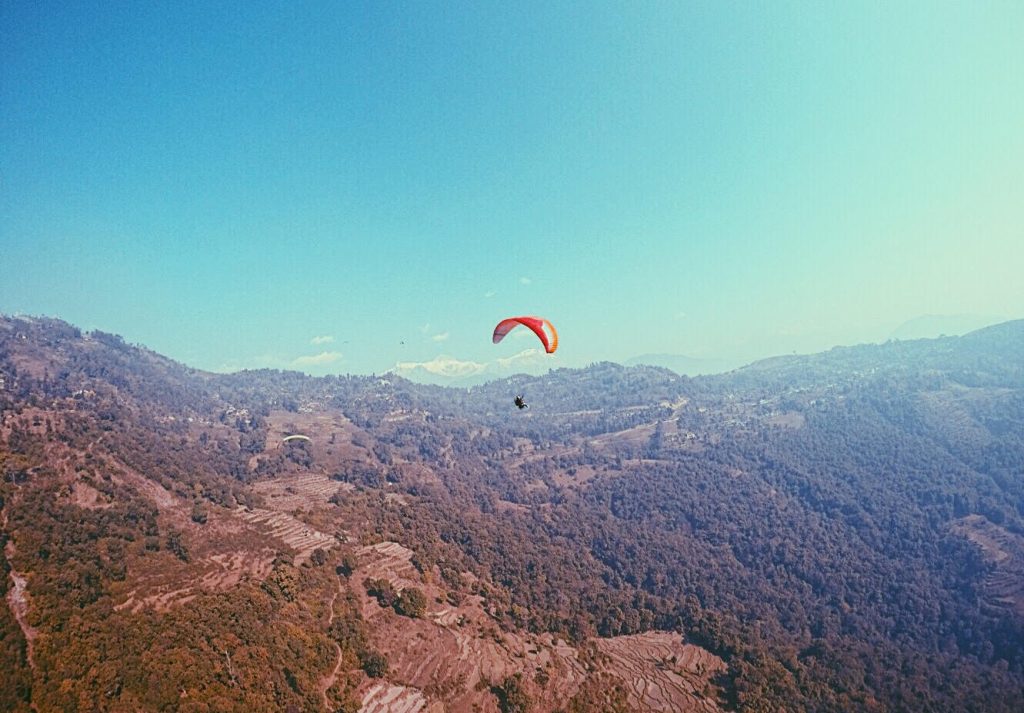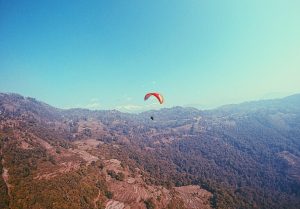
Far from the images of far off lands and exploration that the word ‘travel’ inspires, the word ‘science’ is often synonymous with dark laboratories and maybe a class you hated in school. However, the two can have far greater a connection than you might think. Whether it’s chemistry, physics or biology, getting on a plane and exploring really does bring the quirks of science to life.
Chemistry: Bolivia

Watching salt dissolve in a beaker probably wasn’t the most inspiring science lesson ever encountered. However, there is one particular place on earth that will leave even those of us who despised chemistry in awe of the white stuff: The Salt Flats, Bolivia. A short (by South American standards) 12 hour bus journey from the capital city, La Paz, is this white wonderland. The Salt Flats, otherwise known as Salar de Uyuni, are pretty much exactly what they say they are: a huge expanse of flat land (4086 square meters to be exact) covered in salt. Anyone who has backpacked South America will have at least one Facebook picture utilising this immense spread of white for unique perspective photos. Bizarrely, this salt desert is also home to pink flamingos in November, and there also exists the odd rocky ‘island’ teeming with giant cacti. Standing in the midst of this intriguing dreamland, it’s impossible not to be fascinated by the science behind it. Salt Flats start out as prehistorical lakes located in the desert, which eventually dry up faster than rain can refill the space, leaving behind a solidified coating of salt and other minerals. Not only that, but the Salar de Uyuni is the largest source of lithium in the world, which is used in batteries and even as part of a drug for some psychiatric disorders. A bit more interesting than GCSE chemistry? One might say so.
Physics: Nepal

Nepal is often thought of as the home of Mount Everest, and not a whole lot else. Whilst climbing the world’s tallest mountain is an astounding achievement, Nepal has a lot more to offer than just mountaineering. I was lucky enough to volunteer in Pokhara, a hippie-town which is about a 7 hour bus ride north-west of the capital, Kathmandu. Here I experienced paragliding, which is extremely popular in this region. This unique sport works in a similar way to skydiving through used of a parachute, however instead of falling out of a plane, a paraglider literally launches themselves off the top of a mountain and can travel quite a distance. If you think this sounds insane, then you are right, because it is. The physics behind this madness is impressive – paragliders manage to stay in the air for so long through the special shape of the parachute. Lift is achieved due to different air pressures on top of and under the material, which lets the paraglider control how fast they are going, while they manage to steer by changing the shape of the wing and the resulting pressure. While this might be something I had never even thought about before, actually experiencing the power of the wind while soaring above mountains and spinning 2000 ft in the air can make this one of the most exhilaration parts of any trip to Nepal.
Biology: Australia

It’s no secret that Australia is home to some of the world’s most weird and wonderful wildlife, and anyone with an interest in zoology (or anyone who just loves fluffy creatures) needs to put this country on their bucket list. Australia happens to be one of the only continents that is home to marsupials, placentals, and monotremes: the three groups of mammals. One of the most peculiar groups here is the monotreme, represented by the platypus and the echidna, which are only found native to Australia. Unlike most mammals, these bizarre looking creatures lay eggs, much like birds and reptiles. This resemblance is continued in their bone structure, which ultimately gives them a slithery, reptile-esque movement, and when it comes to DNA, their X chromosome resembles the Z sex-chromosome of birds. Scientists believe that this odd miss-match of traits could tell us more about early forms of animals, and the ways in which mammals, reptiles and birds shared characteristics before branching off – perhaps even indicating characteristics of our own early ancestors. And no trip to the land down under is complete without witnessing the echidna waddle.
So there you have it – students, listen up, because you might just learn a thing or two more about science than in those 9am lectures when you take the plunge and start exploring this superbly scientific world.
